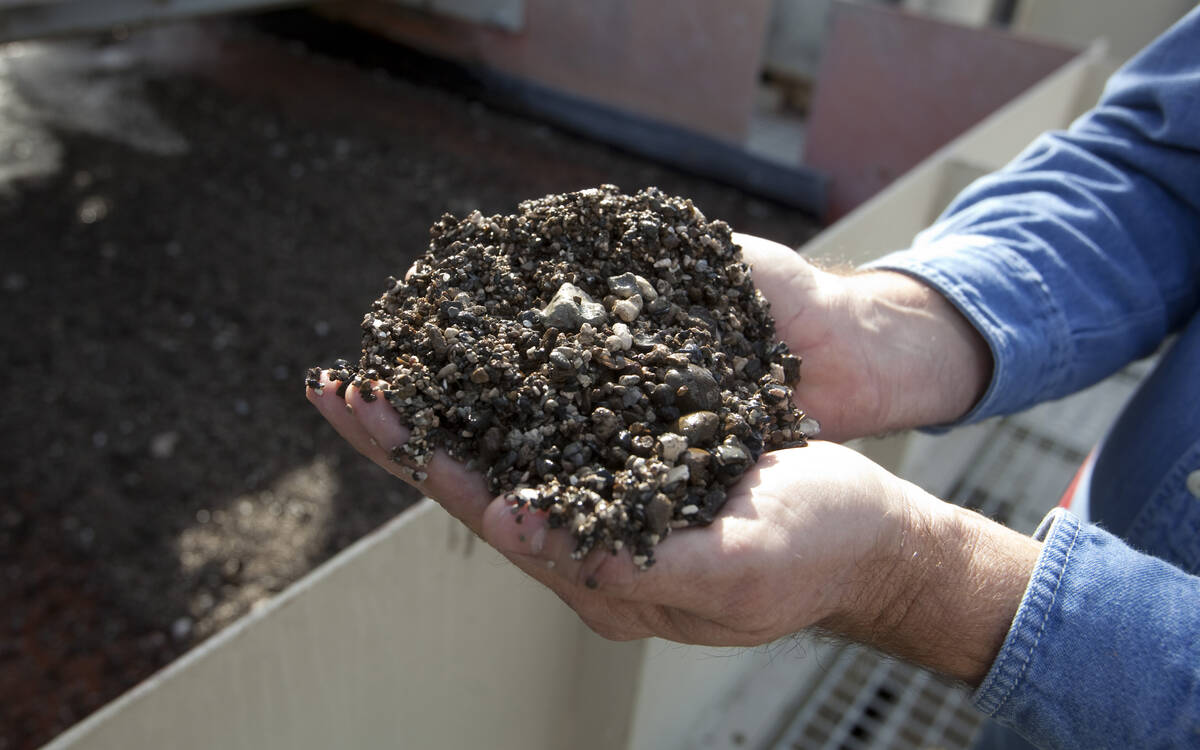Manitoba
Southwest
A stretch of hot weather in late August hastened crop development in the region. The advancement has reduced fears of a September frost. Cool weather earlier in August had delayed crop maturity.
Swathing continues for canola and combining has begun. Flax is ripening quickly.
Winter wheat harvest is complete. Growers have reported average to above average yields.
Grasshoppers are present throughout the region, particularly in the eastern zones.
Central
Winter wheat harvest is nearly done. Yields range from 50 to 100 bushels per acre. Protein content is high, around 11 percent in the higher yielding crops.
Read Also

Phosphate prices to remain high
Phosphate prices are expected to remain elevated, according to Mosaic’s president.
Spring cereal harvest is progressing nicely. Spring wheat yields are 50 to 80 bu. per acre. Barley is 80 to 110 bu. per acre. Oat yields range from 100 to 140 bu. per acre.
Northwest
Overall crop conditions rated as 85 percent good to fair. Late seeded canola finished flowering in late August. Canola swathing is underway.
Soybeans and corn are maturing thanks to the late summer heat wave.
Native hay harvest is progressing. Yields are average to below average. Dugout levels are adequate.
Eastern
Spring cereal harvest is progressing. Growers have reported spring wheat yields of 45 to 60 bu. per acre, barley 85 bu. per acre and oats 100 to 125 bu. per acre.
Early canola fields are going at 40 bu. per acre.
Soybeans leaves are yellowing and dropping.
Winter feed supplies rated as adequate. Livestock water supplies are sufficient.
Interlake
Soybean crops in southern Interlake look promising. With late season heat, soybeans may go 45 to 50 bu. per acre. Growers continue to report white mould and bacterial blight on beans.
Canola harvest is progressing. Farmers have reported yields of 38 to 50 bu. per acre. Oat crop is excellent. Yields range from 120 to 130 bu. per acre with heavy test weights.
Alberta
Peace
Hay producers have struggled all summer to put up hay. Some hay has been abandoned, but fair, hot weather has helped.
Grass seed is coming off dry.
Timothy and brome grass yields are strong and harvest is progressing.
Canola maturity ranges dramatically in the region. Some canola is being swathed while other fields will need more time to mature. Cereal crops have responded well to the rain and farmers are hoping for good yields throughout much of the region.
Peas have been desiccated and are starting to dry down.
Grasshoppers are a serious problem on hayland. Some reports of bertha armyworm and other pests at threshold levels.
North
Farmers are starting to swath canola in most parts. Some late-seeded canola is still too green and will need more time to mature.
Early reports of frost have farmers wondering if the temperatures dropped long enough to do much damage.
Some pea crops have been harvested and are coming off in good condition. Early malt barley has been swathed and some barley combined.
Rain and hail has also been sporadic, but it’s hard to tell how much damage has been done. Second crop of hay is starting to come off and in generally better condition than the first cut.
Central
Some pea crops have been harvested with strong yields across the region.
Farmers are pushing hard to swath their canola they are hoping will set record yields.
Hail throughout the season damaged many crops, but fields that didn’t get hit are looking good and farmers are expecting good yields. Some barley harvested and early yields are average to above average.
Warm weather has pushed harvest along quickly and will be widespread across the region soon.
South
Harvest is well underway in the southern part of the province with winter wheat coming off with strong yields. CPS wheat harvest has also started with varying yields because of lack of moisture in some areas. Barley harvest well underway.
SASKATCHEWAN
SOUTH
Harvest is well underway in southern regions with at least 20 percent of the crop combined or ready to combine.
Operations have been helped along by hot, dry weather in the last half of August.
Topsoil moisture remains good despite the lack of rain, although some areas are starting to report being very short of moisture. Some later seeded crops in eastern areas are showing some stress due to dry conditions and rain is needed in some places to help fill later crops.
Most crop damage is attributed to grasshoppers.
In western regions, crop reporters said the grasshopper population is high but damage is minimal on mature crops.
Yields so far are reported to be above average.
CENTRAL
Most parts of central Saskatchewan reported little to no rain through late August, allowing some harvest to get underway.
Only about five percent had been harvested as of early last week, but hot, dry conditions boosted that number by week’s end. Winter wheat, peas and some lentils have been harvested and canola swathing is underway.
About half the topsoil moisture is considered short or very short and the rest is adequate. Much of the region hasn’t had significant rain for at least a month.
High populations of bertha armyworms have resulted in spraying, particularly in crop district 5B. However, producers are reporting thresholds vary within small areas.
Grasshoppers are also a concern in eastern areas.
Yields are reported to be above average in western areas where harvesting has occurred.
NORTH
Producers have been harvesting winter wheat and smaller amounts of peas and barley.
The western area received much needed rain, particularly in the Goodsoil area, which saw 31 millimetres.
Later seeded crops need more rain to fill and pastures are also a bit stressed. Between 20 and 50 percent of land is considered short to very short of moisture.
At the same time, producers hope the warm weather of August continues well into September to get crops off in good condition.
The dry conditions are leading to some crop damage, but grasshoppers are also a problem in the west. In crop district 8A, bertha armyworms are causing the most damage and producers are spraying.














